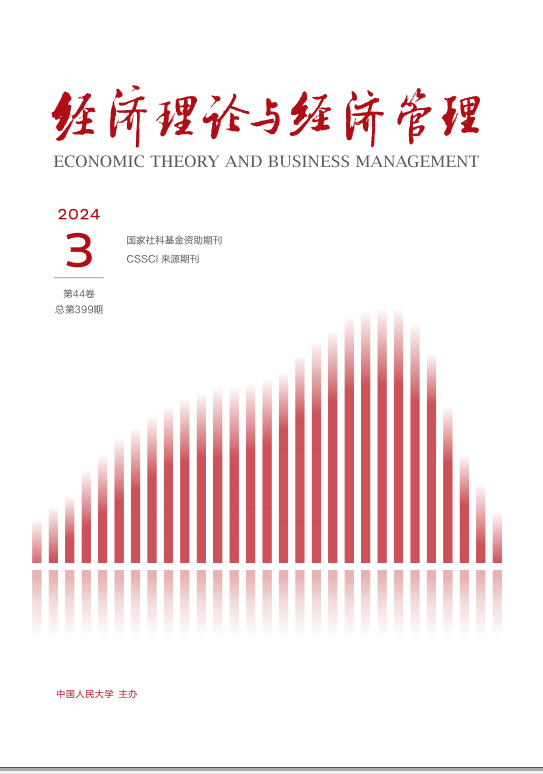Wellbeing is an important aspect of peoples life quality, and correlates with both personal and social development. The subjective wellbeing of residents, however, has declined with economic growth in recent decades in China. Meanwhile, the prevalence rate of mental disorders and suicide rate continue to rise. Using the 2013 CHARLS data, we aim to explore the impact of relative living standard on subjective wellbeing among Chinese population. CESD10 was employed to measure the participants depressive symptoms as the indicator of subjective wellbeing. We employ the model of instrument variable (IV) and find as follows. First, individuals with relatively higher living standard are less likely to be depressed, regardless of the reference group, and people with relatively higher living standard compared with his/her colleagues and classmates see the largest benefit, and county/city average level see the smallest benefit. Second, the impact of comparisons is asymmetric: the harm on subjective wellbeing due to lower living standard level outnumbers the benefit due to higher living standard level. Third, compared with richer people, those poorer people are more likely to compare with others, and are more likely to be affected by the impact of relative living standard. Our results imply the condition of “to worry about unequal distribution of wealth
than poverty” in China. The evidence on relative incomehappiness gradient justify that reducing income gap among people may also have the spillover benefit of improving population mental health.





